Therapeutic potential of new B cell-targeted agents in the treatment of elderly and unfit patients with chronic lymphocytic leukemia
- PMID: 26170206
- PMCID: PMC4522086
- DOI: 10.1186/s13045-015-0165-x
Therapeutic potential of new B cell-targeted agents in the treatment of elderly and unfit patients with chronic lymphocytic leukemia
Abstract
Chronic lymphocytic leukemia (CLL), the most common adult leukemia in the Western world, is primarily a disease of the elderly, with most patients ≥65 years of age and having at least one major comorbidity. Aggressive chemoimmunotherapy regimens recommended to achieve remission and improve survival in young, fit patients are often poorly tolerated in elderly and/or less physiologically fit ("unfit") patients, necessitating alternative treatment options. Although patient age, fitness, and comorbidities are key considerations in the selection of a treatment regimen, historically, clinical trials have been limited to young, fit patients by virtue of the ethical concerns associated with potential end organ toxic effects that could worsen comorbidities. However, the availability of new therapies promises a shift to a research paradigm that encompasses the identification of optimal treatments for elderly and unfit patients. Anti-CD20 monoclonal antibody therapy, which overall has improved response rates and survival in patients with CLL, has only recently been evaluated elderly and unfit patients. B cell-targeted agents such as the Bruton's tyrosine kinase inhibitor ibrutinib and the phosphatidylinositol 3-kinase inhibitor idelalisib are the first of a new generation of oral agents for CLL. Available clinical data suggest that these therapies have the potential to address the unmet need in elderly and unfit patients with CLL and result in clinical remission, and not merely symptom palliation and improved quality of life, which, by themselves, are also a reasonable goal.
Figures
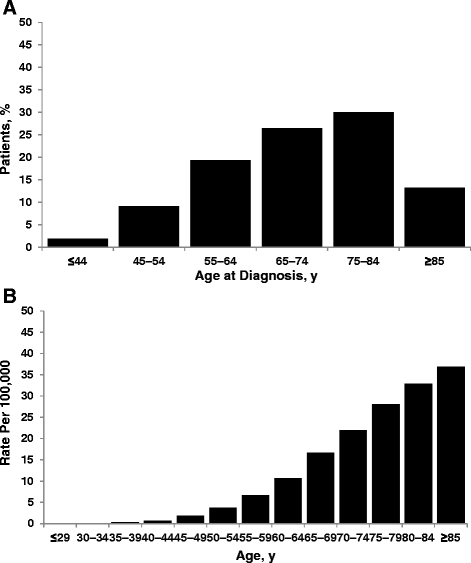
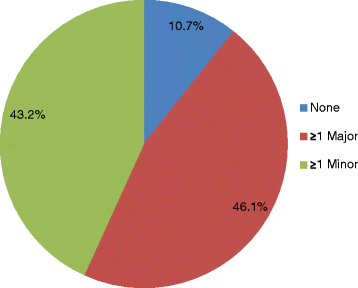
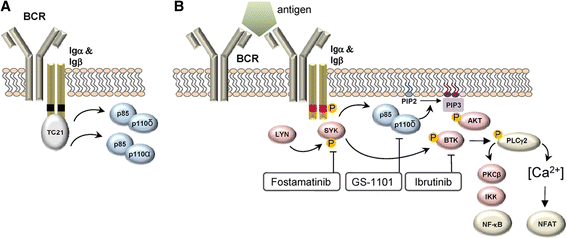
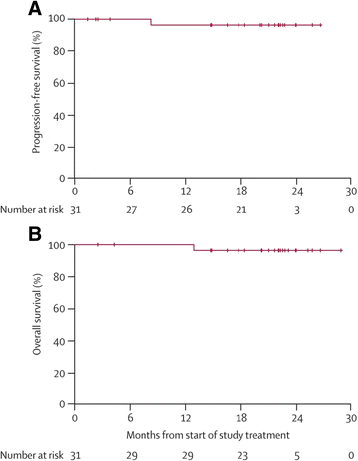
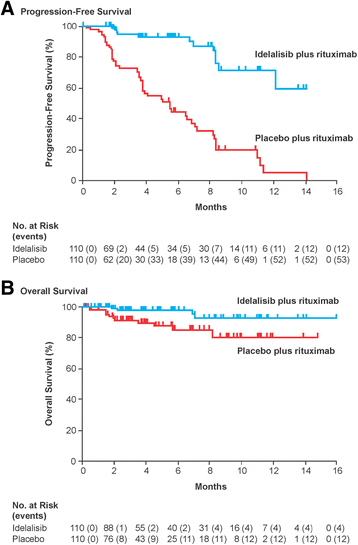
References
-
- Hallek M, Pflug N. Chronic lymphocytic leukemia. Ann Oncol. 2010;21(7):vii154–64. - PubMed
-
- American Cancer Society. Cancer facts & figures 2015. Available at: http://www.cancer.org/acs/groups/content/@editorial/documents/document/a.... Accessed March 31, 2015.
Publication types
MeSH terms
LinkOut - more resources
Full Text Sources
Other Literature Sources

